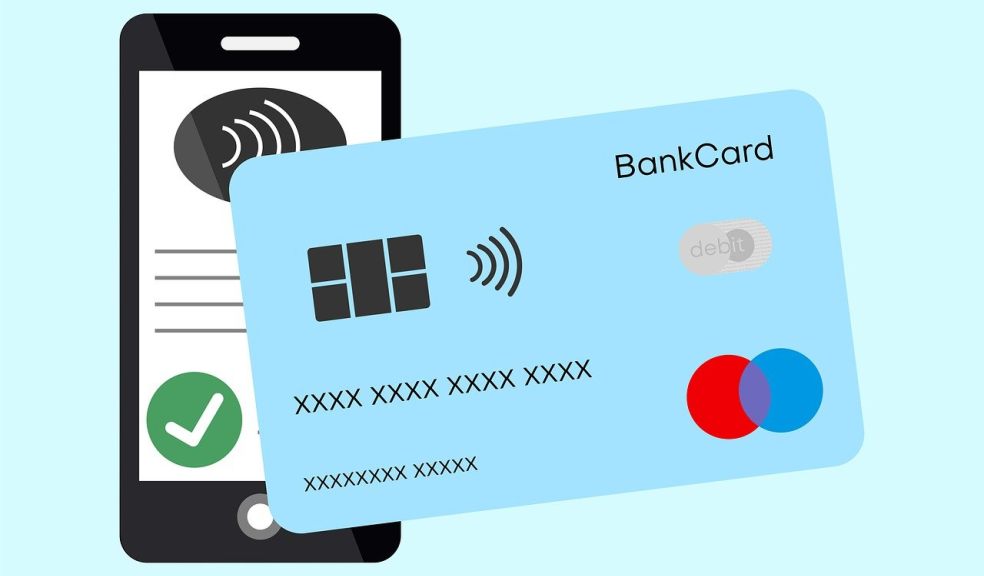
The Rise of Contactless Payments: How Tap-and-Go is Changing Our Spending Habits
Contactless payments have completely changed the way we pay for things. As this technology keeps improving, it’s not just about how we pay, it’s about how we spend. It’s shaping our habits, pushing businesses to innovate, and giving us a glimpse of a world where cash might just be a thing of the past.
The Evolution of Contactless Payments
Contactless payment technology has been around since the 1990s, but it didn’t start gaining serious momentum until the 2010s. Near-field communication (NFC) has enabled credit and debit cards, smartphones, and other devices to make secure, contactless payments. In the early days, adoption was slow. Concerns about security and the limited availability of compatible infrastructure held back widespread use. This has since changed in recent times and contactless payment has become ubiquitous due to social shifts and technological advances.
One significant innovation that has contributed to the rise of contactless payments is the use of QR codes. QR payments allow users to scan a code with their smartphone to make secure and instant transactions, no NFC-enabled card or device is required. This has made QR payments incredibly popular in regions like Asia, where small businesses and vendors rely on their low-cost, easy setup. You can buy food and drink, make donations, pay for your online purchases, or use it at a QR payment casino for deposits. This allows you to access a wide selection of games, bonuses, and promotions, using a secure way to fund your account. Platforms like Alipay, WeChat Pay, and Paytm have shown how versatile QR payments can be, becoming a cornerstone of the global payment ecosystem.
Accelerating Shift During 2020
The global upheaval of 2020 marked a pivotal moment for contactless payments. According to a Visa study, 78% of global consumers reported changing their payment habits due to hygiene concerns, with contactless payments emerging as the leading alternative.
In established markets such as the UK and Australia, contactless payments now account for the majority of in-person transactions, with transaction limits raised since 2020 to accommodate larger purchases. In the U.S., which historically lagged in adoption, growth has surged as NFC-enabled cards and mobile wallets become more prevalent. This shift wasn’t confined to wealthier nations. In regions like India and Brazil, where cash traditionally dominated transactions, 2020 accelerated the transition to contactless payment systems.
Impacts of Tap-and-Go Payments
Faster Checkout Times
Contactless payments mean shorter transaction times and reduced wait times for customers. This is particularly valuable in fast-paced environments where smoother operations can boost both sales and customer satisfaction.
Enhanced Security
While contactless payments were initially met with skepticism about security, they’ve proven to be one of the safest ways to pay. Technologies like tokenization, which replaces sensitive card details with unique codes, and encryption make it nearly impossible for hackers to intercept data. Businesses also benefit from reduced fraud and chargebacks, which improves their bottom line.
Expanding Acceptance
To meet rising demand, many businesses have upgraded their systems to include NFC-enabled point-of-sale terminals. This widespread adoption has made contactless payments the standard in many industries, further cementing their popularity.
Financial Inclusion
Contactless and digital payment systems are also bridging gaps in financial inclusion, particularly in areas where traditional banking services are unavailable. In places like Kenya and Tanzania, mobile money platforms such as M-Pesa have allowed millions of people to access financial services without needing a bank account.
Emerging Trends in Contactless Payments
- Wearable Payments: Devices like smartwatches, fitness trackers, and even NFC-enabled rings are taking contactless payments to the next level. Whether you're running late or always on the move, these devices turn inconvenience into convenience.
- Biometric Authentication: Fingerprint scans and facial recognition are becoming part of payment systems to enhance security and streamline transactions.
- Cryptocurrency Integration: As cryptocurrencies like Bitcoin and Ethereum gain more mainstream acceptance, some contactless payment platforms are starting to support digital asset transactions.
- Invisible Payments: Invisible payments, where transactions happen automatically in the background, are also on the rise.
How Contactless Payments Are Changing Consumer Behaviour
Convenience and Speed
The biggest draw of contactless payments is how easy and fast they are to use. There’s no need to dig through your wallet, count change, or swipe a card and enter a PIN. Instead, you can tap or scan and be done in seconds. Mastercard reported that by 2021, more than 41% of in-person card transactions globally were contactless, and this number keeps climbing. For consumers and businesses alike, it’s a huge time-saver that reduces friction at checkout.
Shifting Preferences Toward Mobile Wallets
While contactless cards remain popular, mobile wallets like Apple Pay and Google Pay are gaining traction. This trend is particularly popular among younger generations. A survey by PYMNTs found that 61% of millennials prefer mobile wallets for everyday purchases, and Gen Z adoption is rising quickly. These mobile-first options are setting the standard for future payment systems.
Reduced Reliance on Cash
As contactless payments gain traction, cash is steadily falling out of favor. In Sweden, for example, cash now accounts for less than 9% of all transactions. While some countries are moving toward a cashless society faster than others, the global trend is clear: cash is no longer king.













